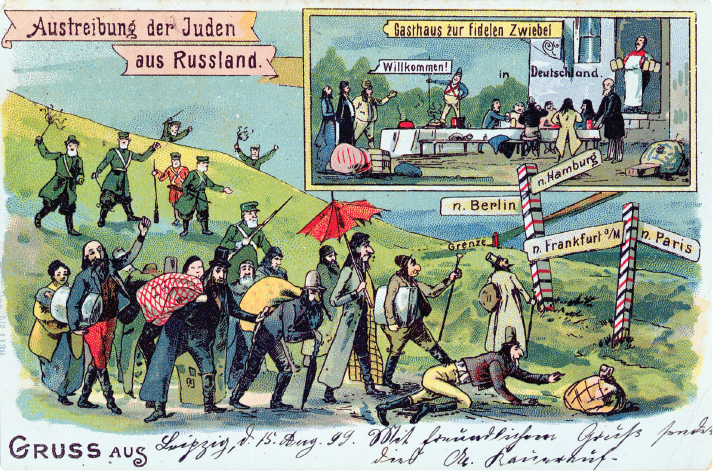How did popular nationalism evolve?
IIN THE FIRST TWO-

“The Expulsion of the Jews from Russia”So reads this postcard, correctly suggesting that Russian government officials often encouraged popular anti-